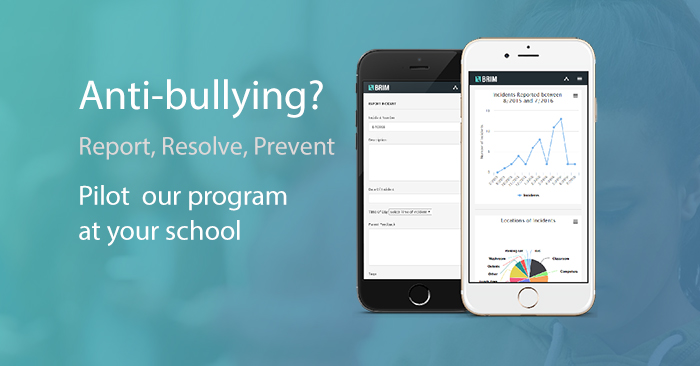SB 179, drafted by José Menéndez, cleared both House and Senate with bipartisan support in late May 2017. Menéndez claims it would “empower schools, parents, and law enforcement to tackle cyberbullying.” The bill, known as David’s Law, honors a high school student from Alamo Heights who was subjected to fierce cyberbullying before he took his own life last year.
The bill will take effect Sept. 1 and Texas schools and districts are taking note of the implications it has on their policies and procedures. At a high level, the bill requires better reporting procedures, notification of parents within a specific timeframe, and district-wide policies. Although some of the sections might be difficult to interpret, some of the main points include
- District-wide anti-cyberbullying policies and procedures to investigate and determine if an incident is indeed bullying
- Methods for students, parents, teachers, and administrators to anonymously report cyberbullying
- School administrators have 24 hours to report the bullying to the parents of both the victim and the bully
The full text of the bill can be found here on Texas Legislature Online. In order to remain compliant with many of the important implications of this bill, we review some of best ways to address each requirement.
District anti-bullying policies
As with any policy you want enforced across your entire district, a clear and easily accessible district policy should guide students, parents, and school staff alike. The first step is creating an anti-bullying policy if you don’t have one already. Here are some of the core elements of an effective anti-bullying policy:
- Statement of the school’s desire to create positive peer relations and prohibit all forms of bullying and harassment by all members of the school community
- A clear definition of bullying with specific examples
- A declaration of the rights of the different groups in school (e.g., students, teachers, etc) and particularly their right to be free of harassment.
- A statement of the responsibility of bystanders to stop or report harassment and bullying when they see it
- Encouragement of all concerned members of the school community to speak with school staff about bullying and harassment
- An outline on how the school will deal with the problem of bullying
- A plan and timeline to evaluate school policies on bullying in the future
- Instructions on how incidents can be reported anonymously and how school admins will be notified of reports
Methods for anonymous reporting
In order for reporting to be truly anonymous, we recommend electronic reporting forms instead of paper-based ones. Students may feel uncomfortable submitting a paper form since it requires that the form is submitted somewhere in-person. Electronic forms are easily accessible from the school website, social media, or via mobile applications installed on student devices. Electronic reporting is the only practical method that ensures anonymity and ease-of-access.
Parent notification deadlines
When deadlines are as short as 24 hours it’s important to have an automated process that insures parents are notified within the proper timeline. Having a system that enforces this policy is best – when an incident comes in, administrators should be reminded to send out parent notifications within the proper timeline. That’s why we built notifications and templates into our product: school staff are sent an email reminder if parents haven’t been notified within a configurable amount of time. To make the process even easier, we built notification templates into our product so all incident details are filled into the notification template. Notifying a parent can be as easy as reviewing the template and making a single click.
We hope schools and districts in Texas have found this article helpful in improving their bullying reporting and prevention programs for the new school year. As always do not hesitate to reach out to us if you have any questions. We are here to help and support you!



